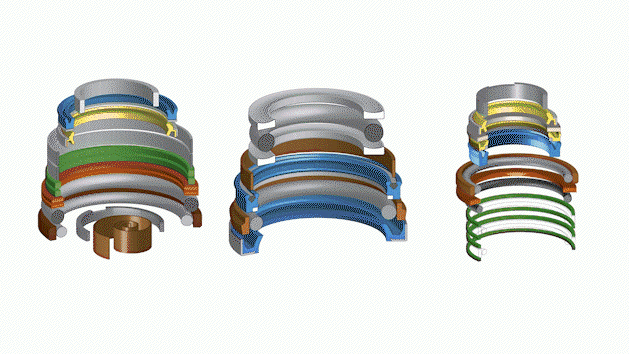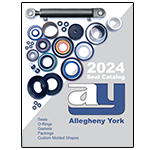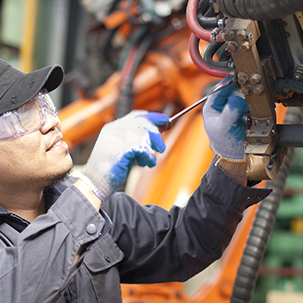 Homepage Banner Slideshow
Homepage Banner Slideshow
 icon menu bar
icon menu bar
 FAQ
FAQ
FAQs
Q1. How do you select hydraulic cylinder seals?
1.Fluid pressure range, including frequency and pressure peak severity.
2.Temperature range of the fluid and cylinder assembly when operating and at rest.
3.The stroking speed of the reciprocating piston rod.
4.Fluid media, including type and viscosity.
2.Temperature range of the fluid and cylinder assembly when operating and at rest.
3.The stroking speed of the reciprocating piston rod.
4.Fluid media, including type and viscosity.
Q2. How many types of hydraulic seals are there?
Static Hydraulic Seals are positioned in a housing where there is no motion involved, they are sealing only within their limited space. Dynamic Hydraulic Seals are Rod Seals and Piston Seals. Rod Seals are exposed to the motion on their inner diameter along the rod or shaft of a hydraulic cylinder.
Q3. Why do hydraulic cylinders fail?
Hydraulic cylinders fail by physical damage or by deterioration of their seals. Physical damage to a hydraulic cylinder is usually from an external source, such as another machine or a falling object. Physical damage can occur from excessive wear, especially as related to cylinder misalignment.
Q4. How do you replace a hydraulic cylinder seal?
To ease assembly, smear the new seals with clean hydraulic fluid. Make sure that the seals do not become damaged or trapped as the cap and piston are fitted back to the rod. Re-fit and secure the piston to the rod and slide the assembly carefully back into the cylinder body. Re-fit and secure the cylinder cap.
Q5. How do I know if my hydraulic cylinder is bad?
1.You start hearing alarming banging noises.
2.Your hydraulic cylinder starts “juddering”.
3.Your power bill goes up.
4.The actuator starts to slow down.
5.Your cylinder starts getting way too hot.
6.You notice the piston rod is wearing on one side.
2.Your hydraulic cylinder starts “juddering”.
3.Your power bill goes up.
4.The actuator starts to slow down.
5.Your cylinder starts getting way too hot.
6.You notice the piston rod is wearing on one side.






